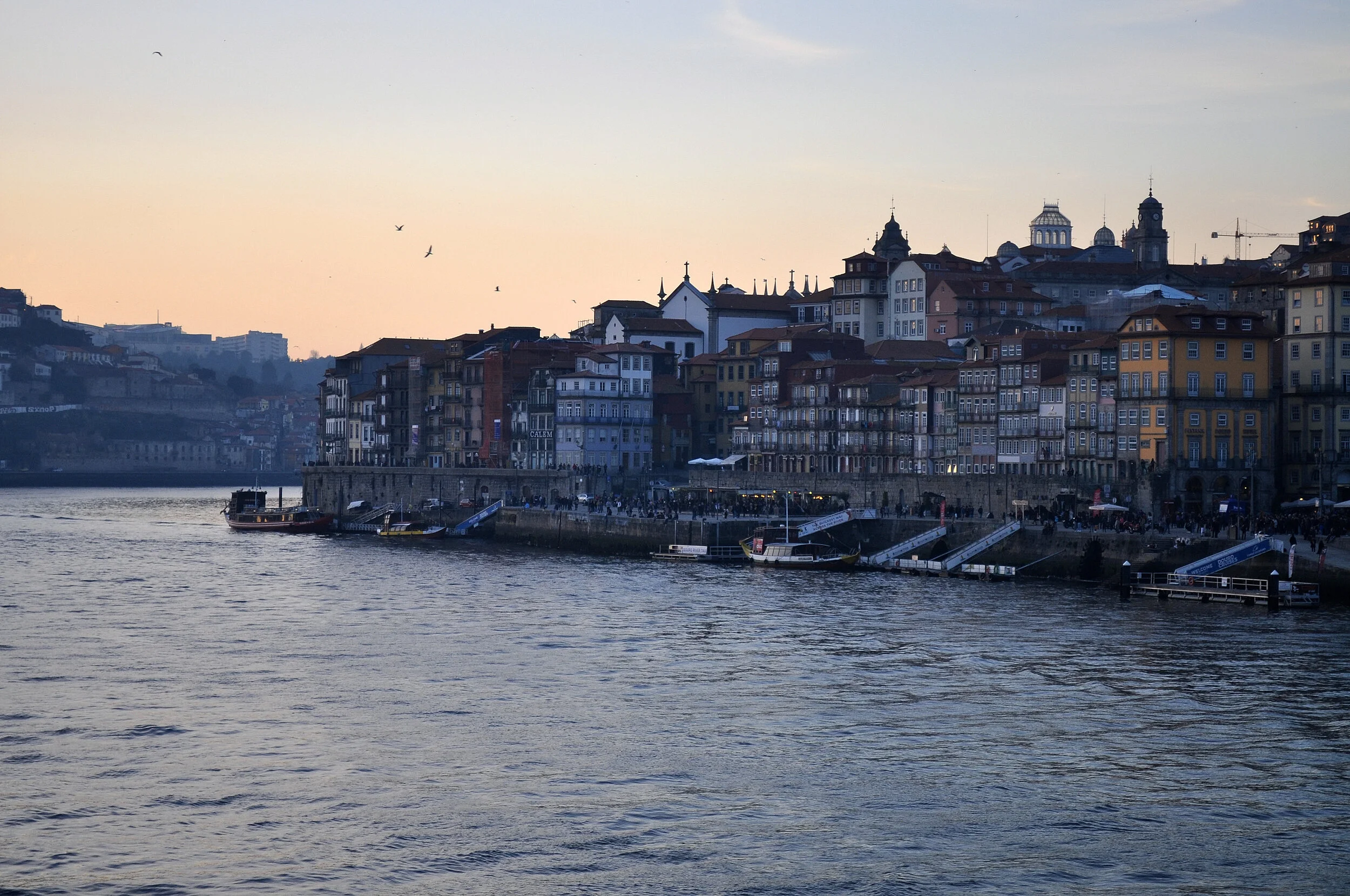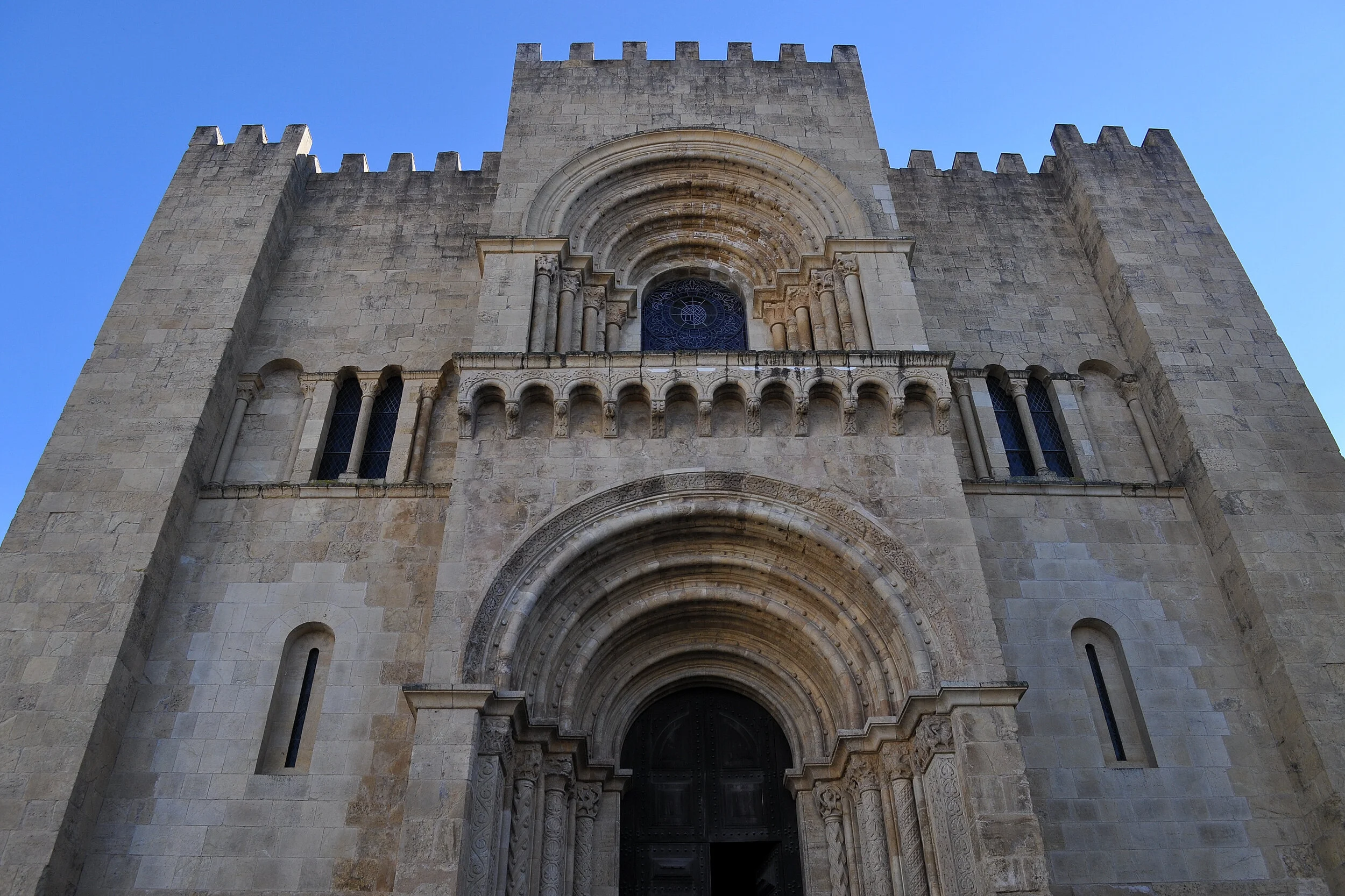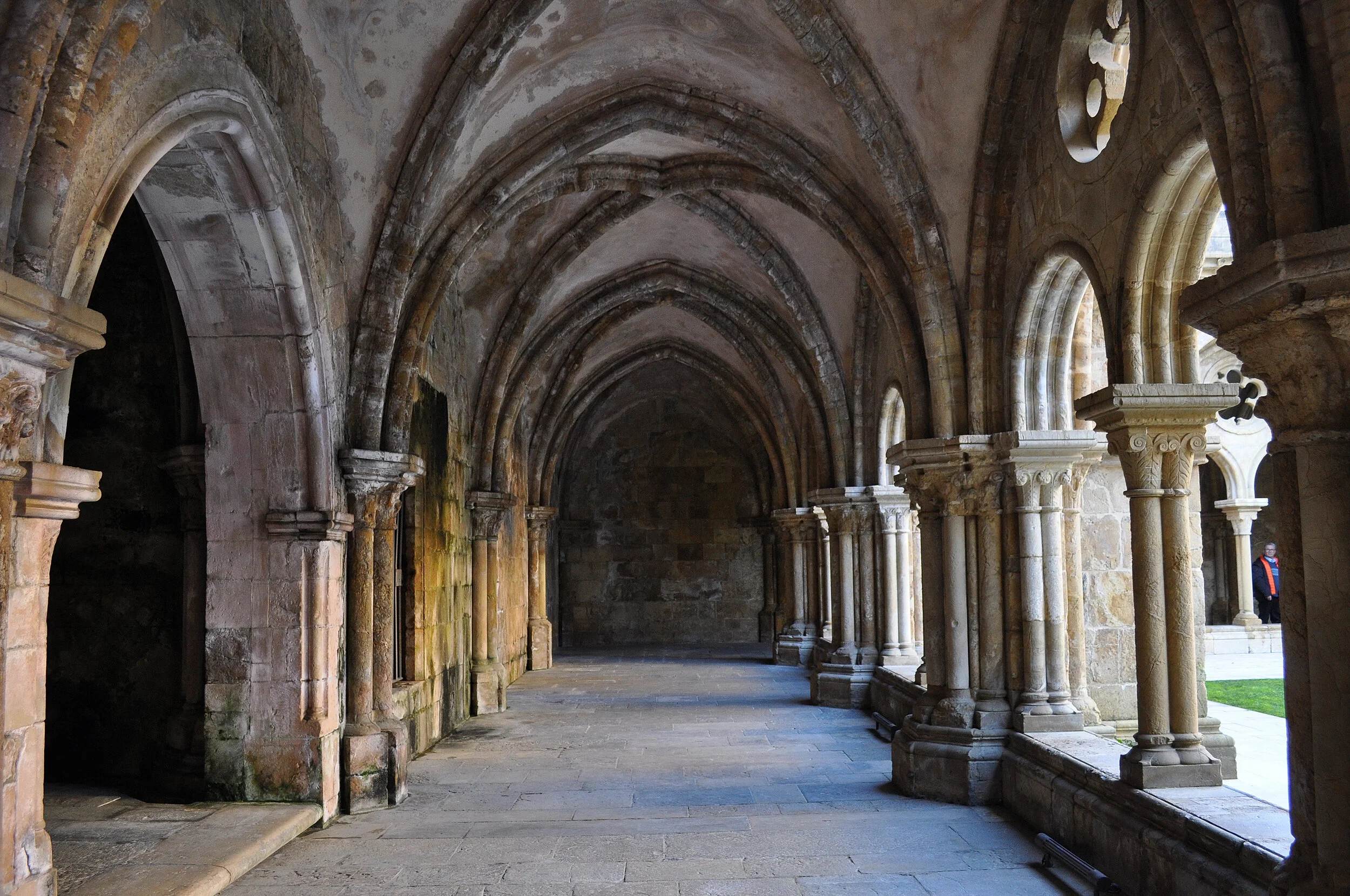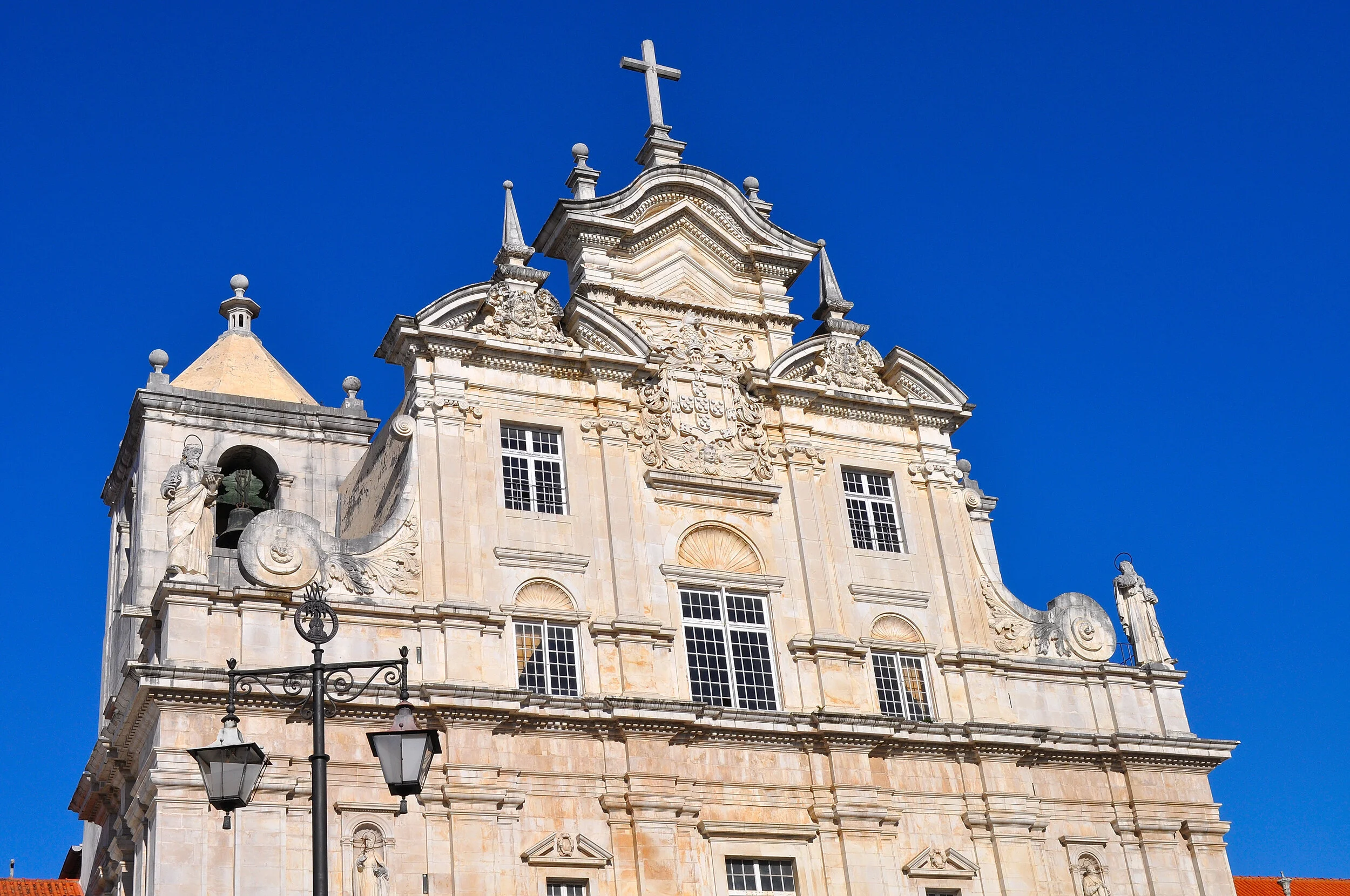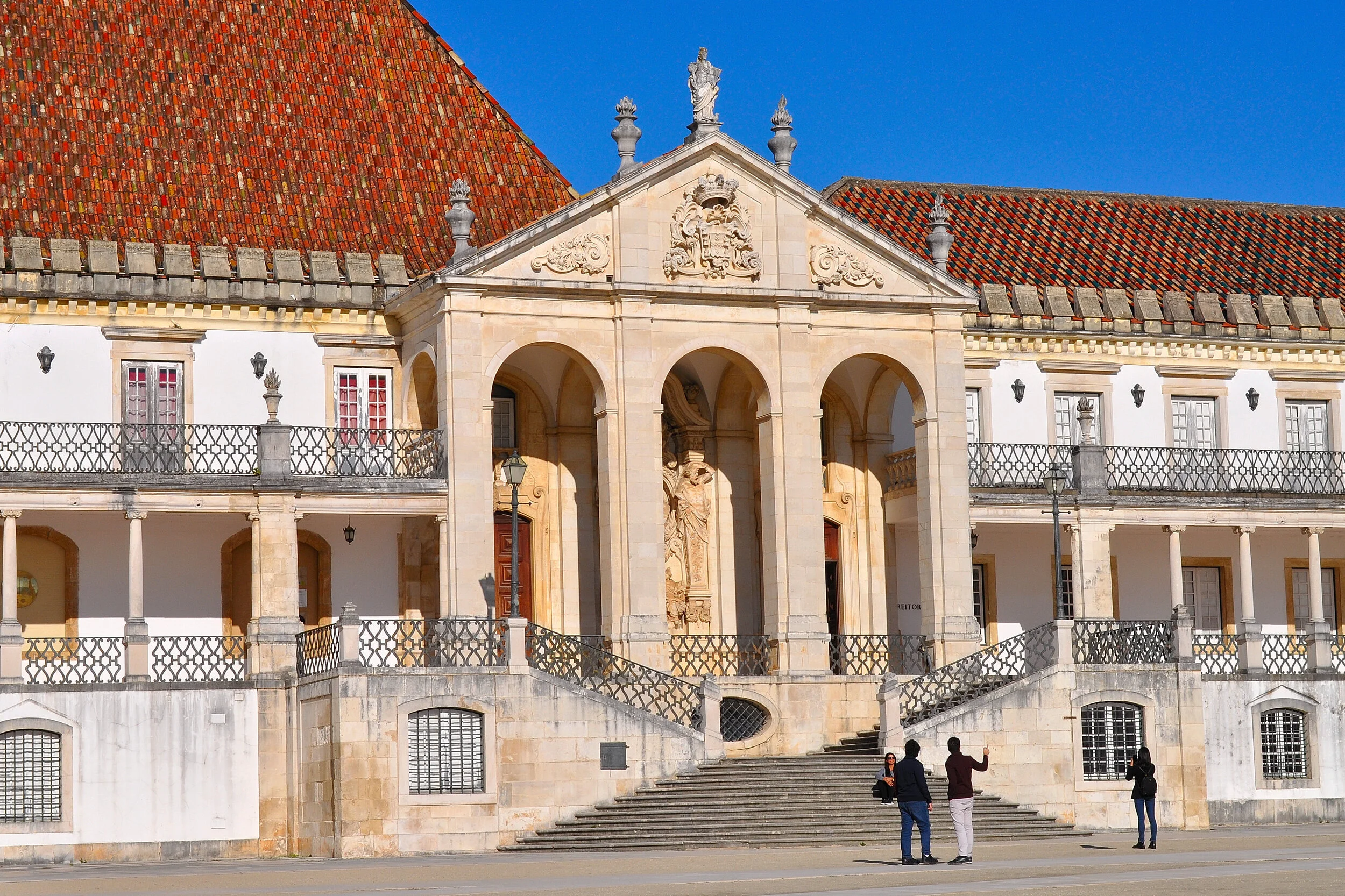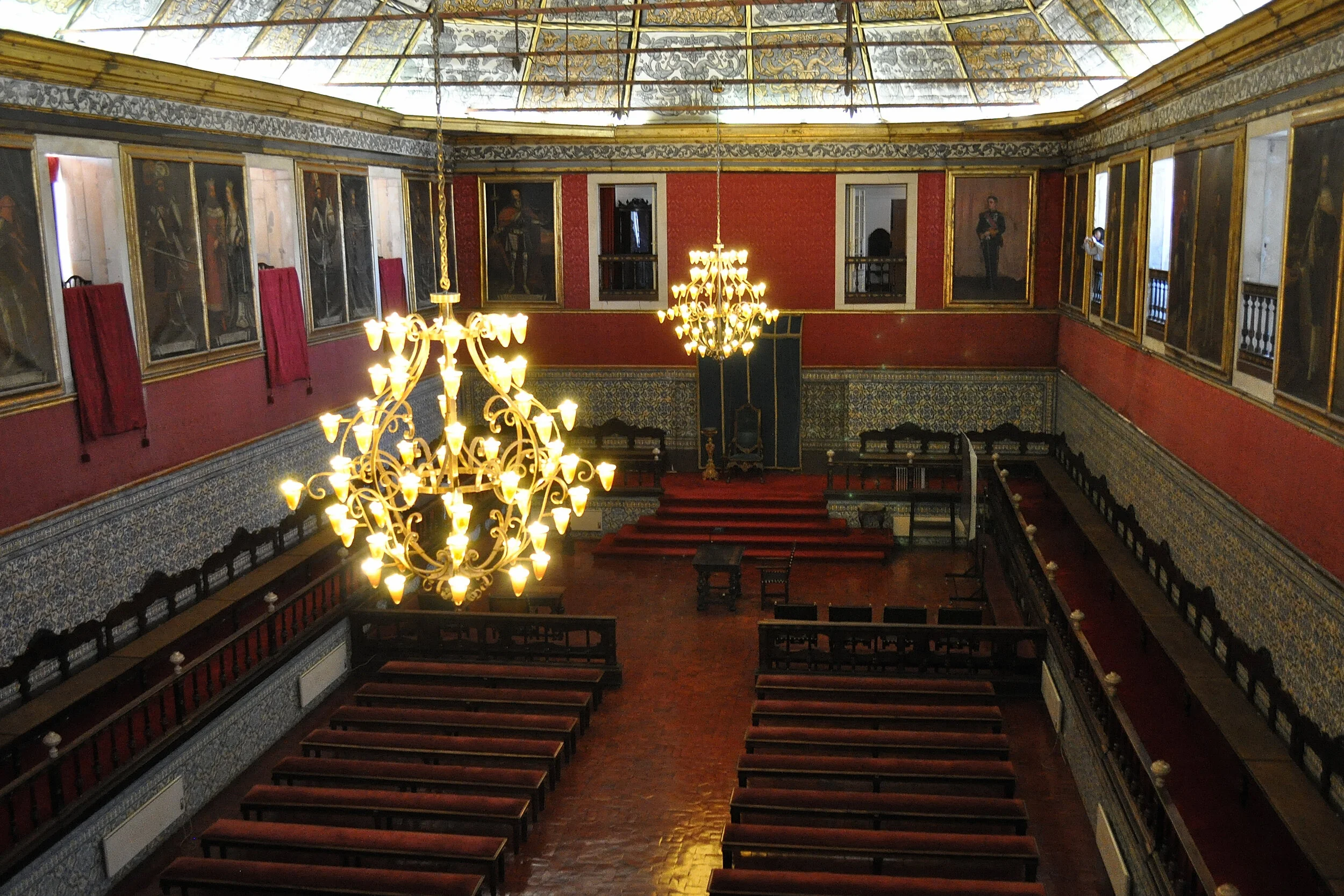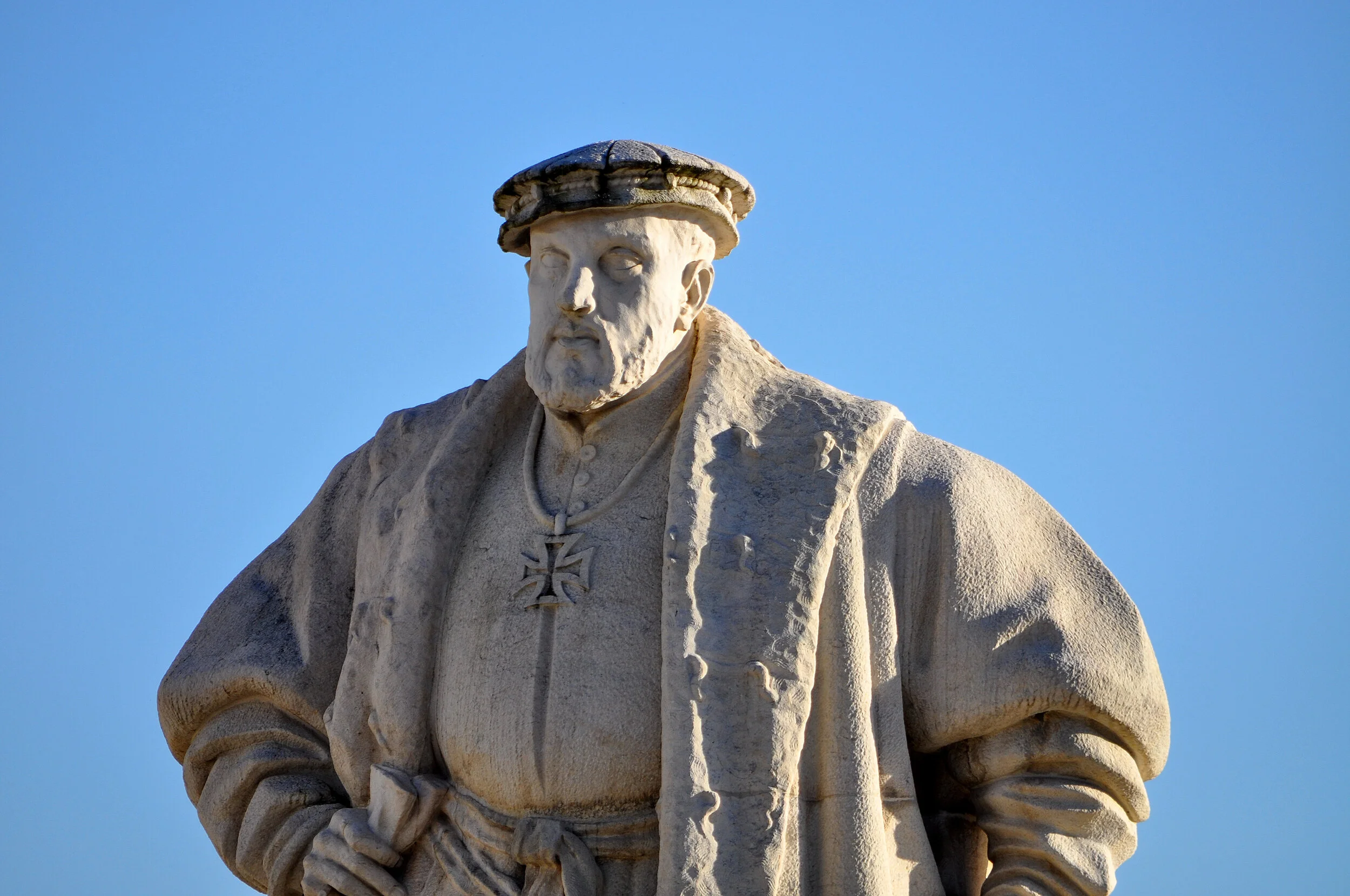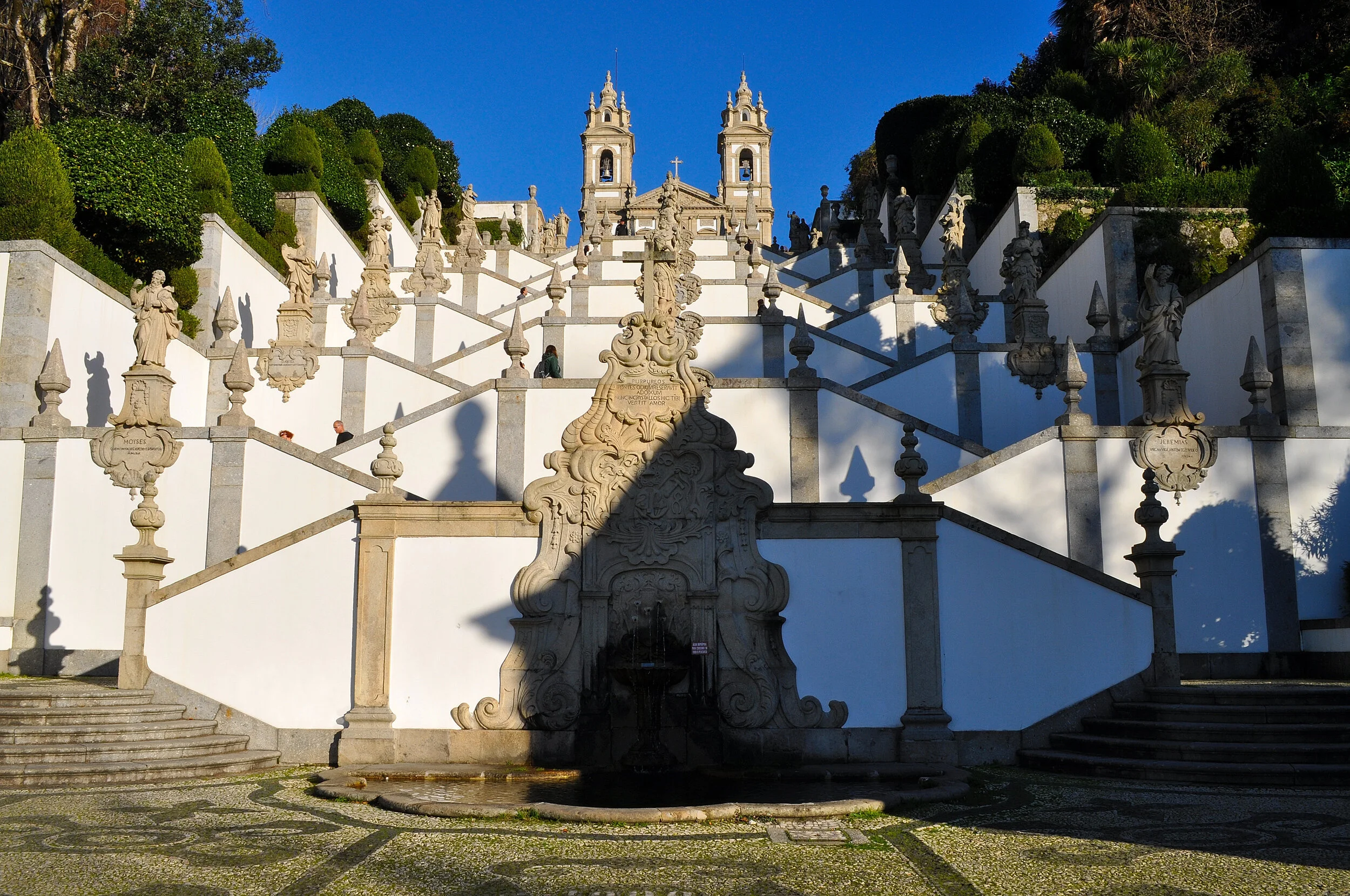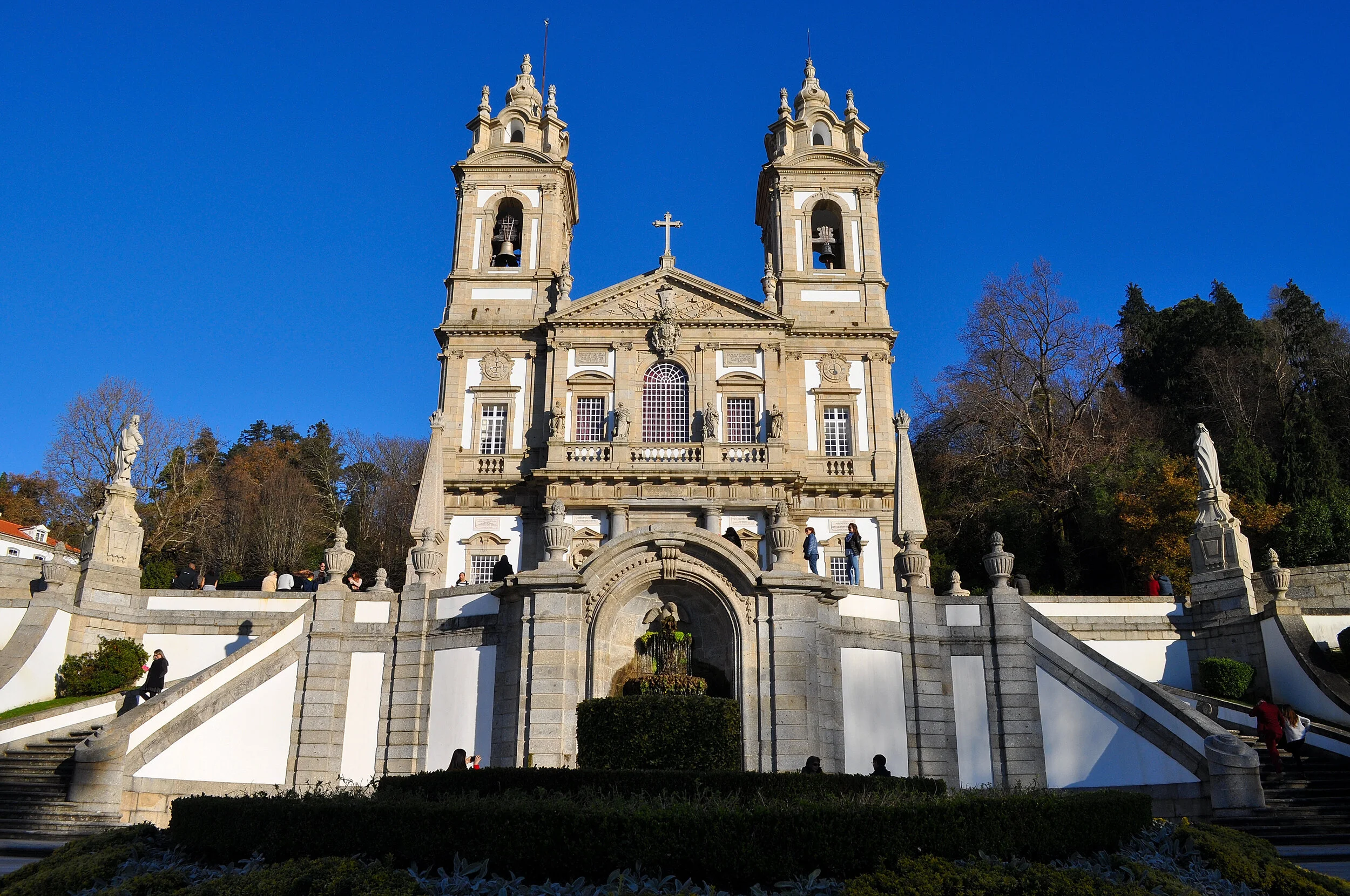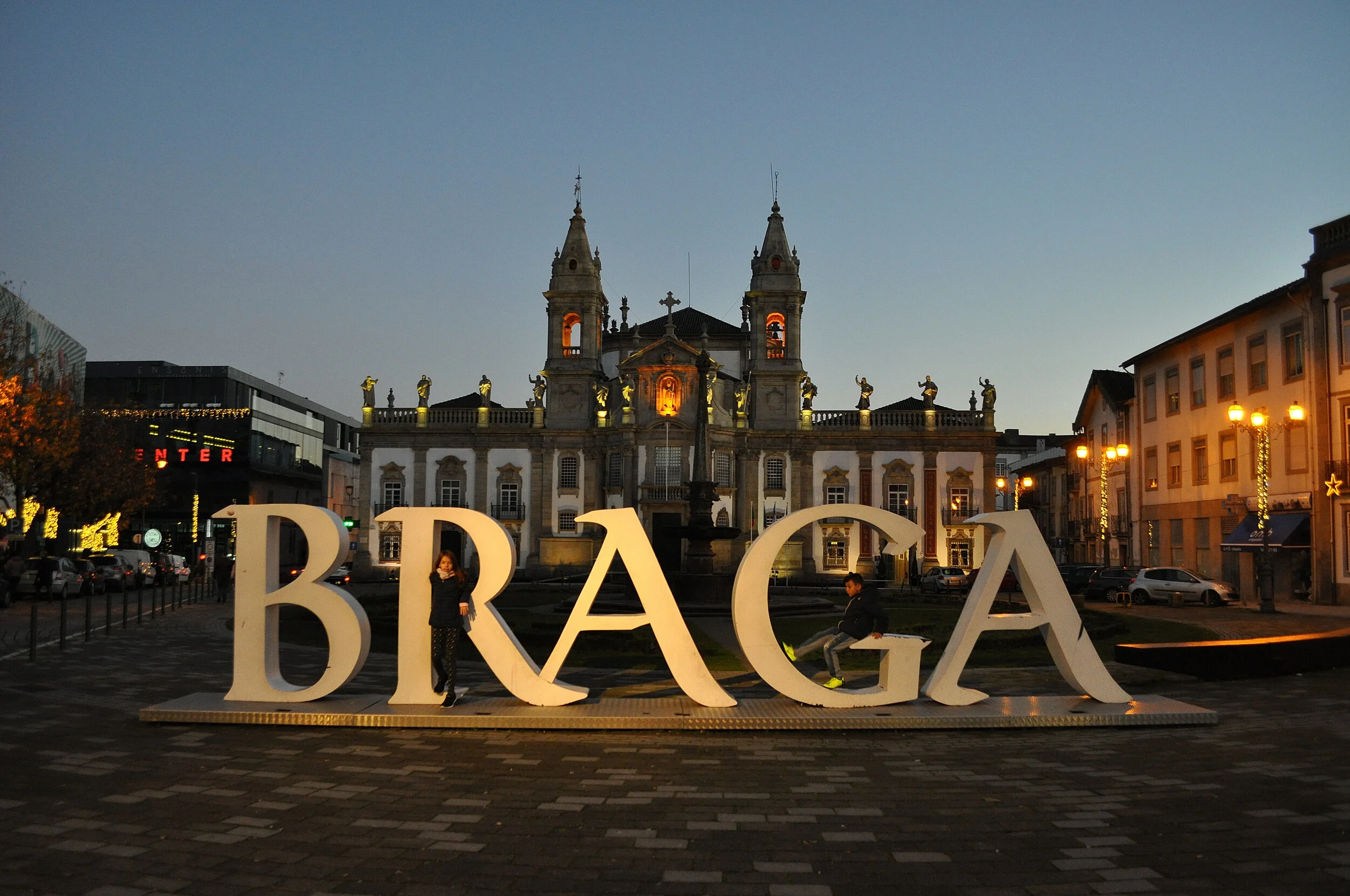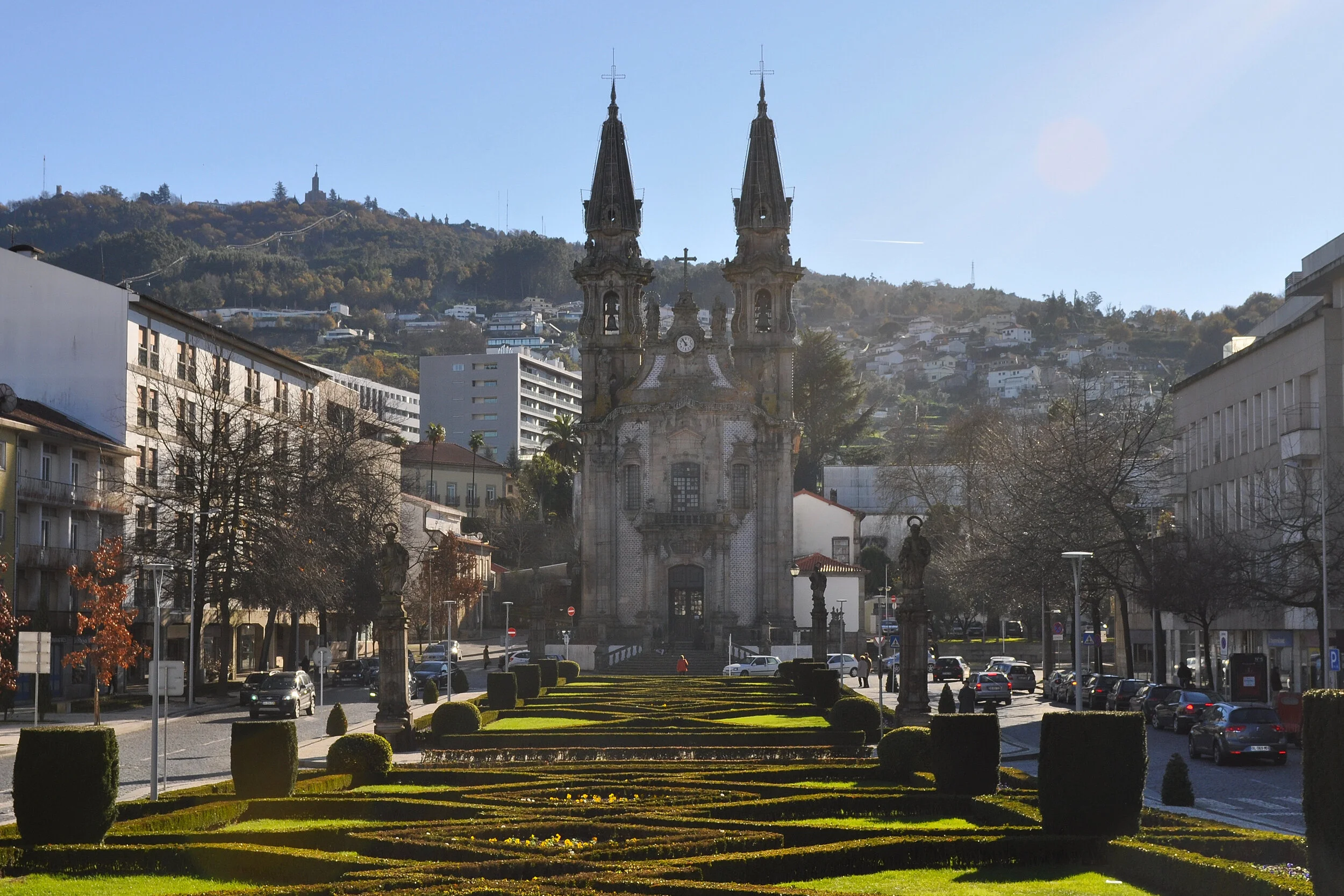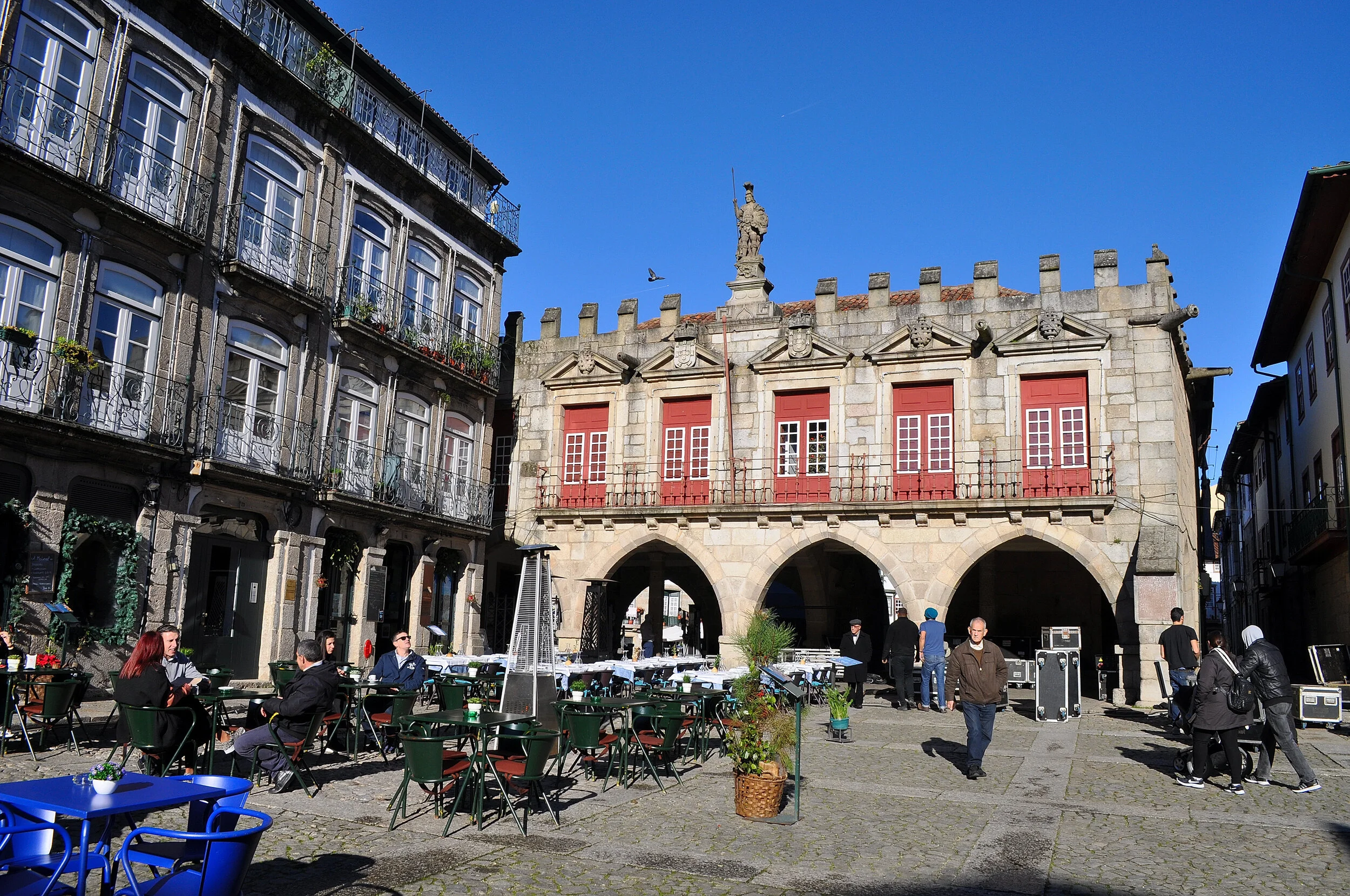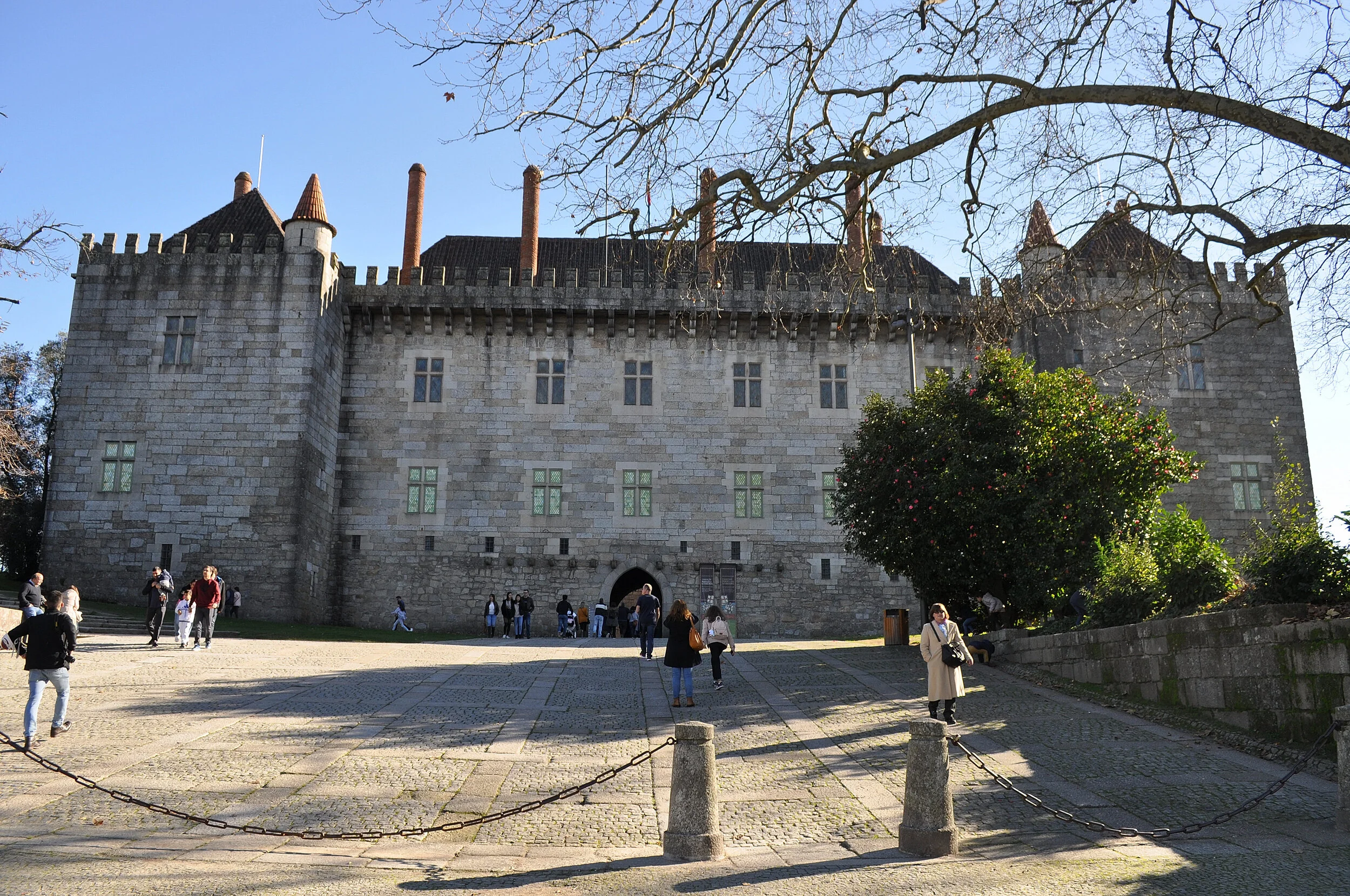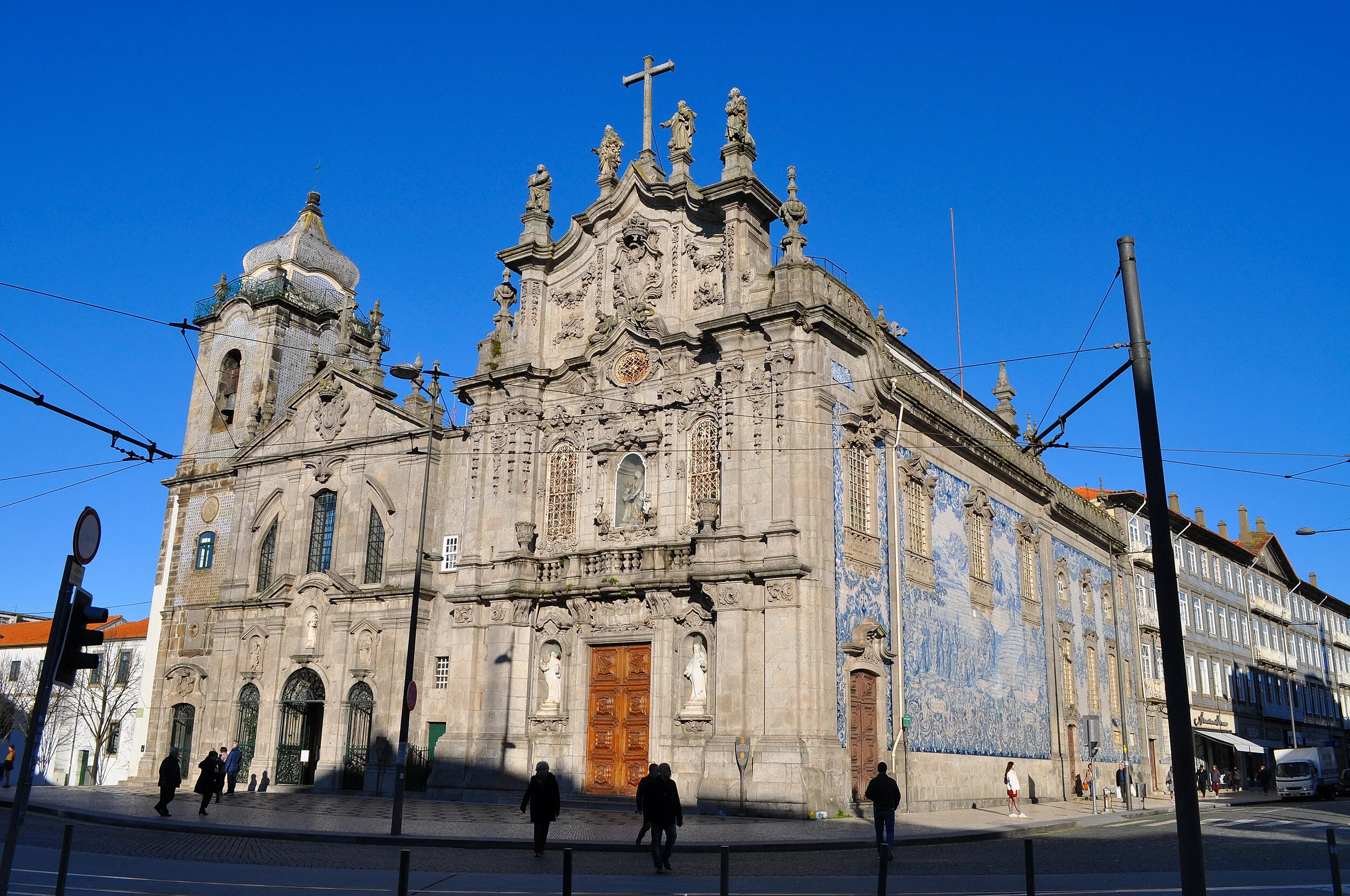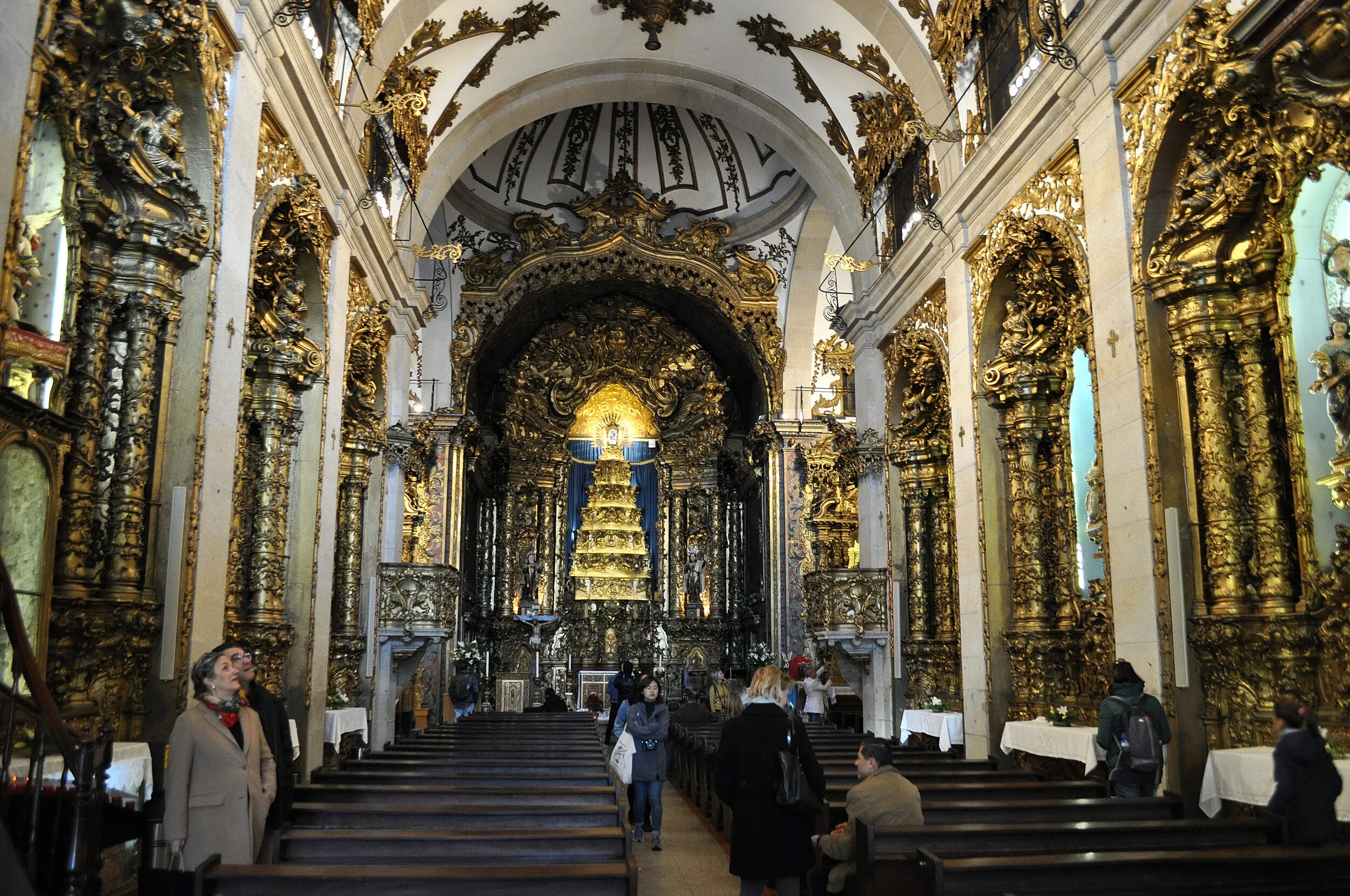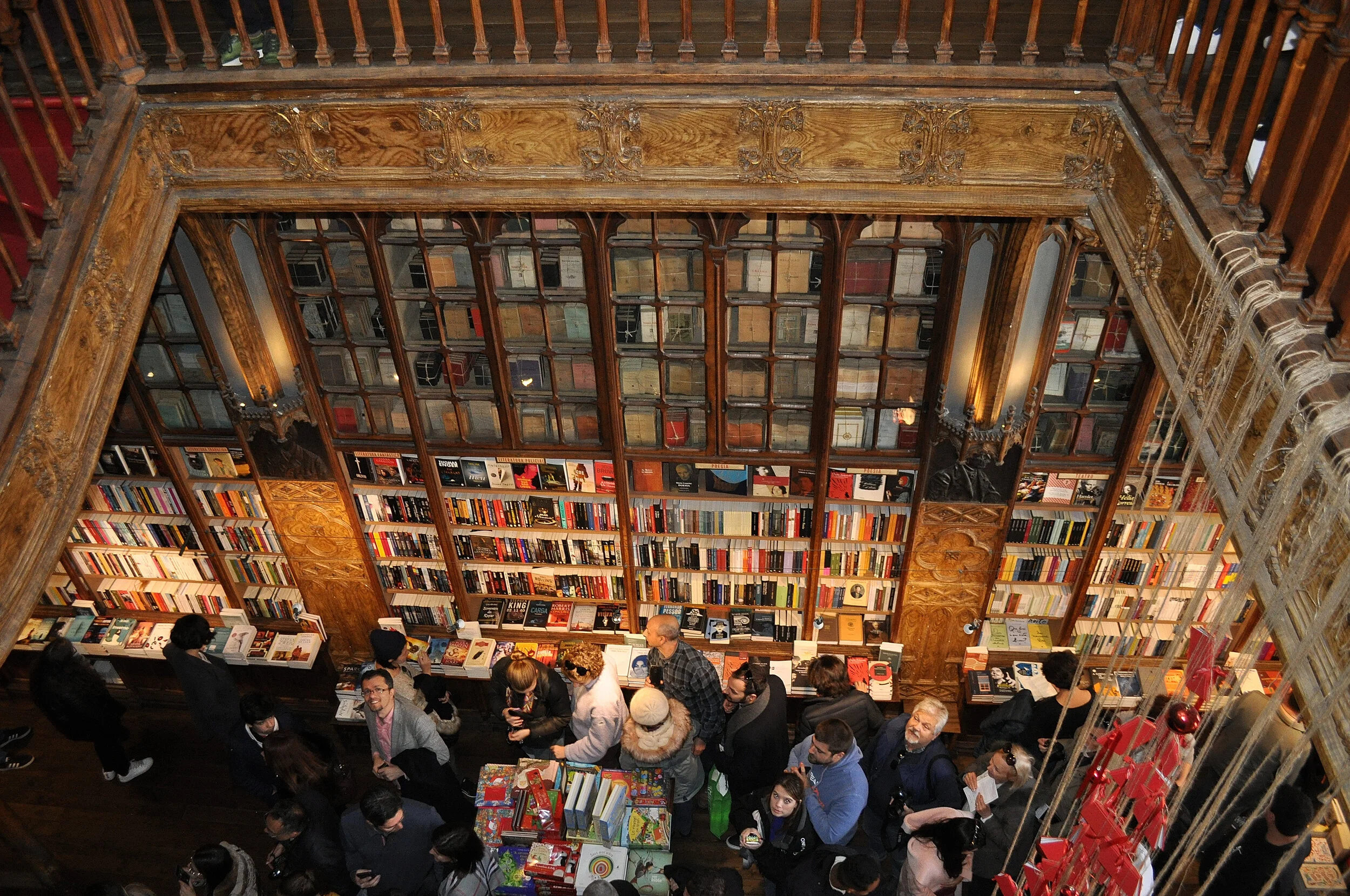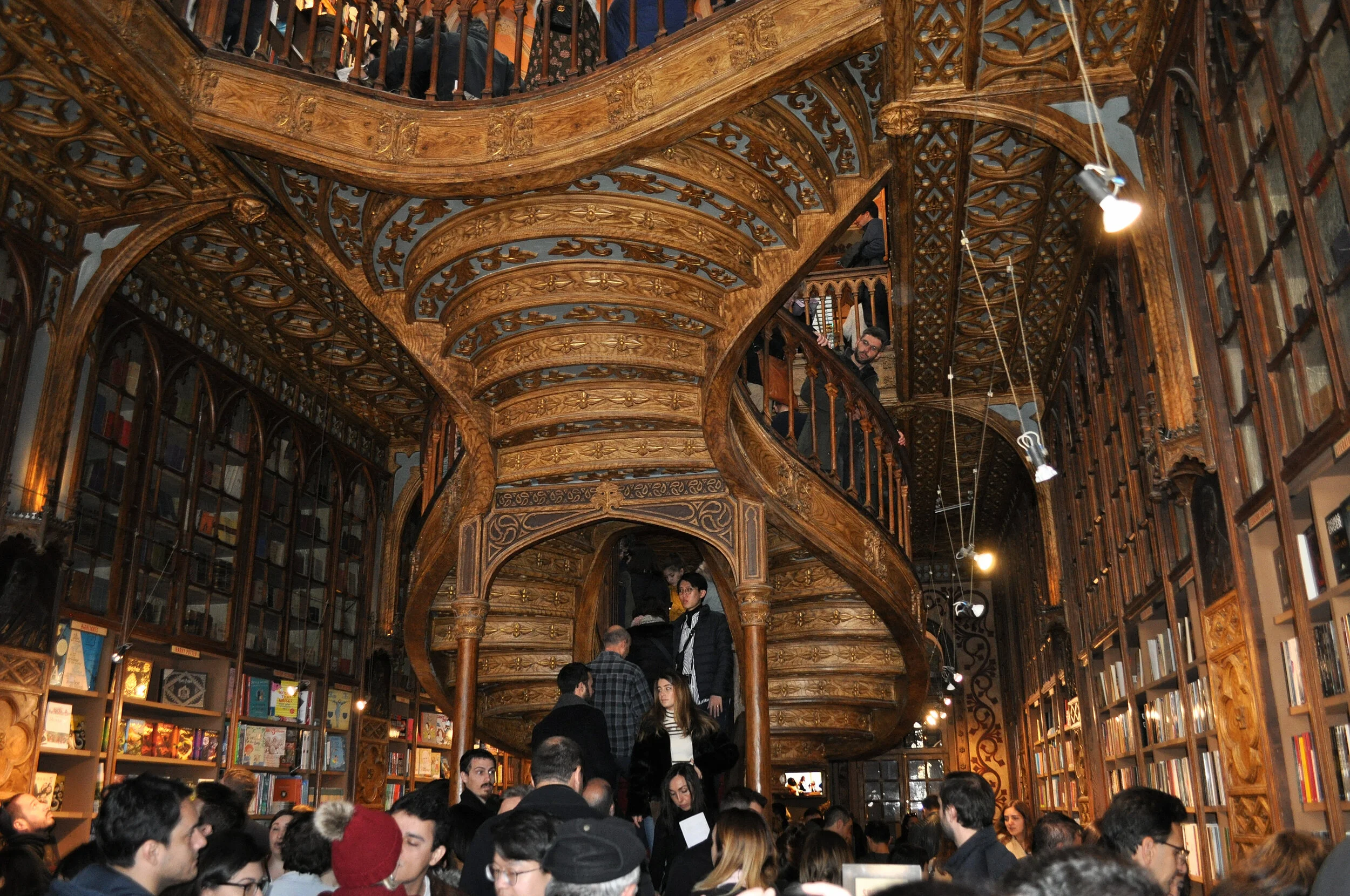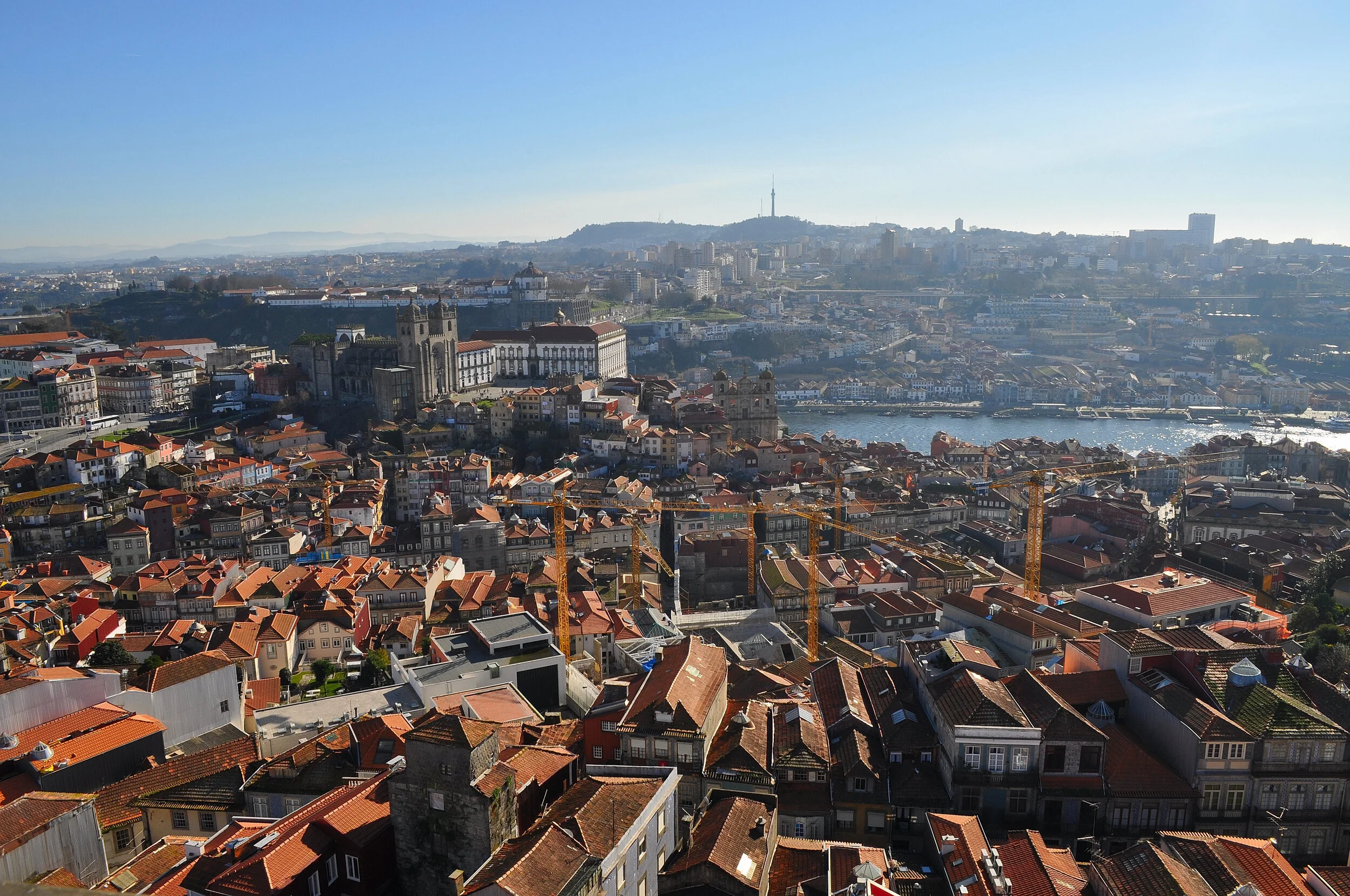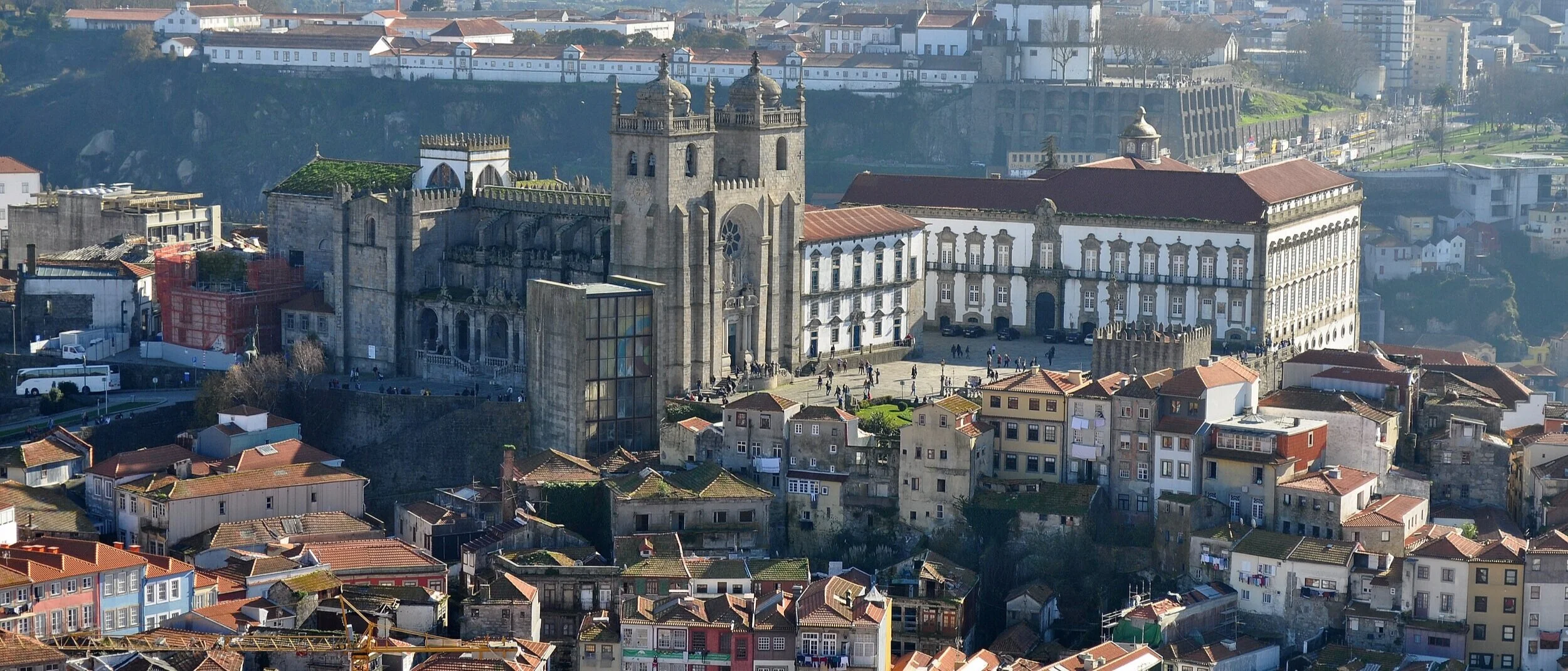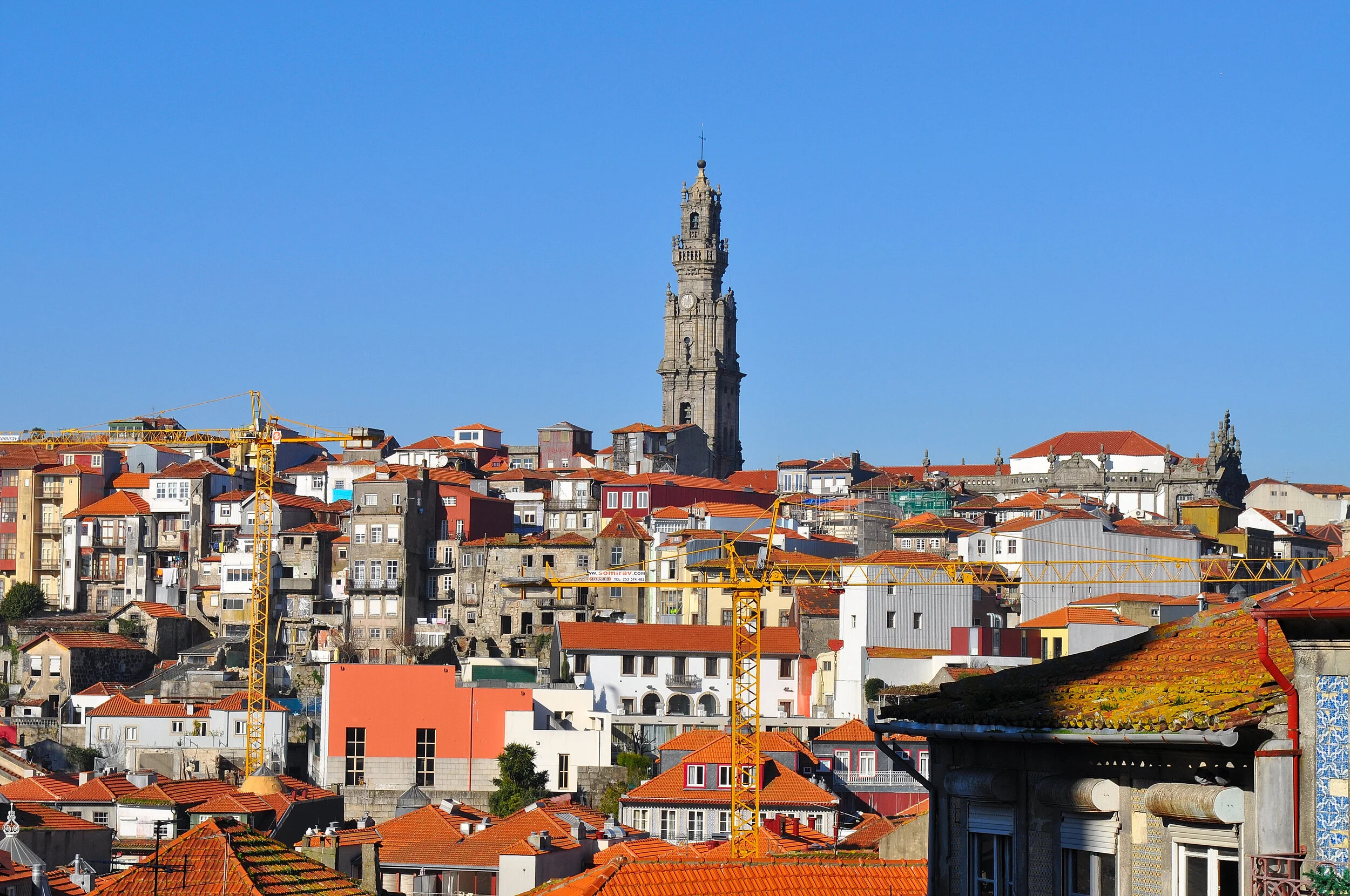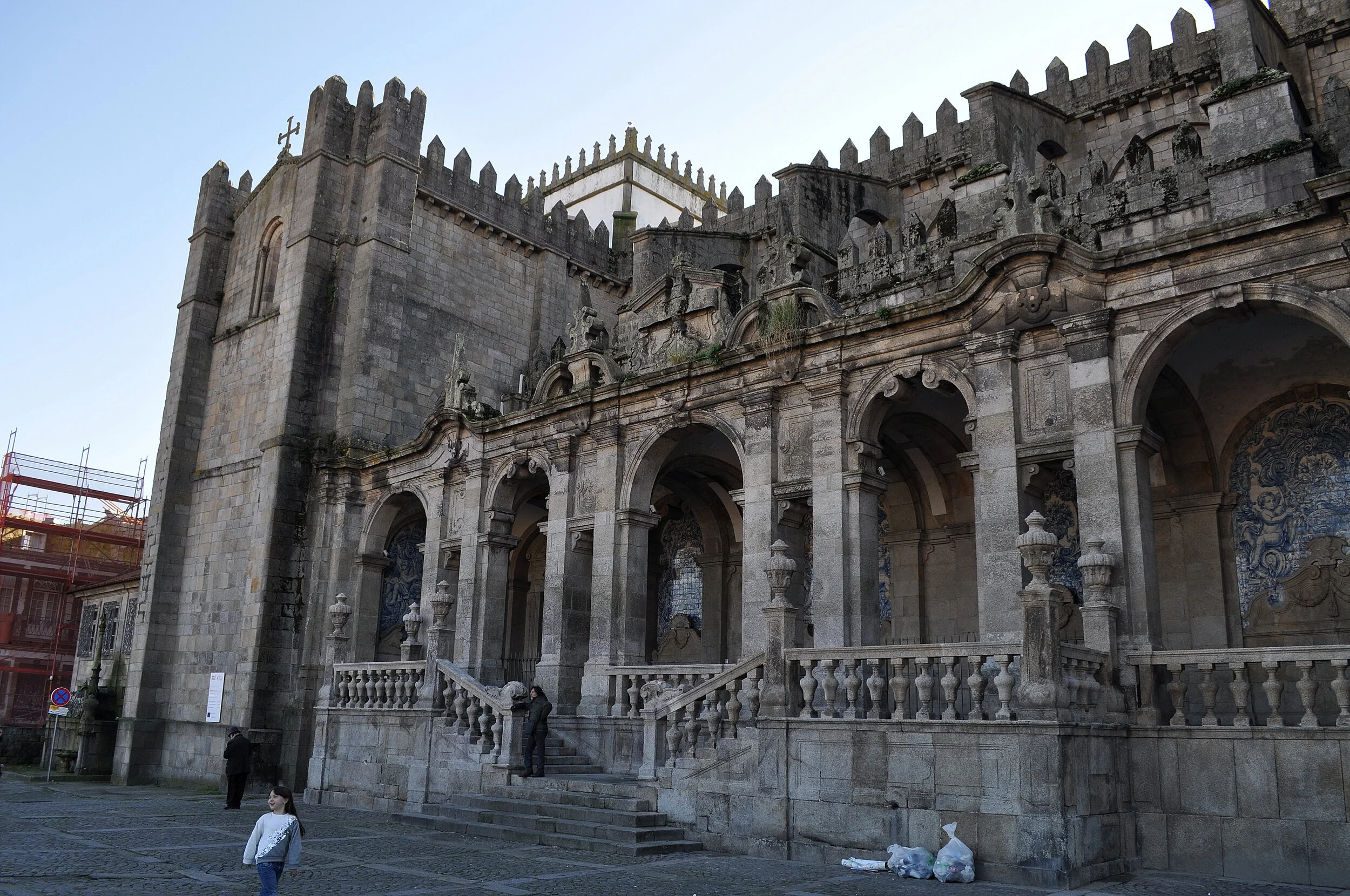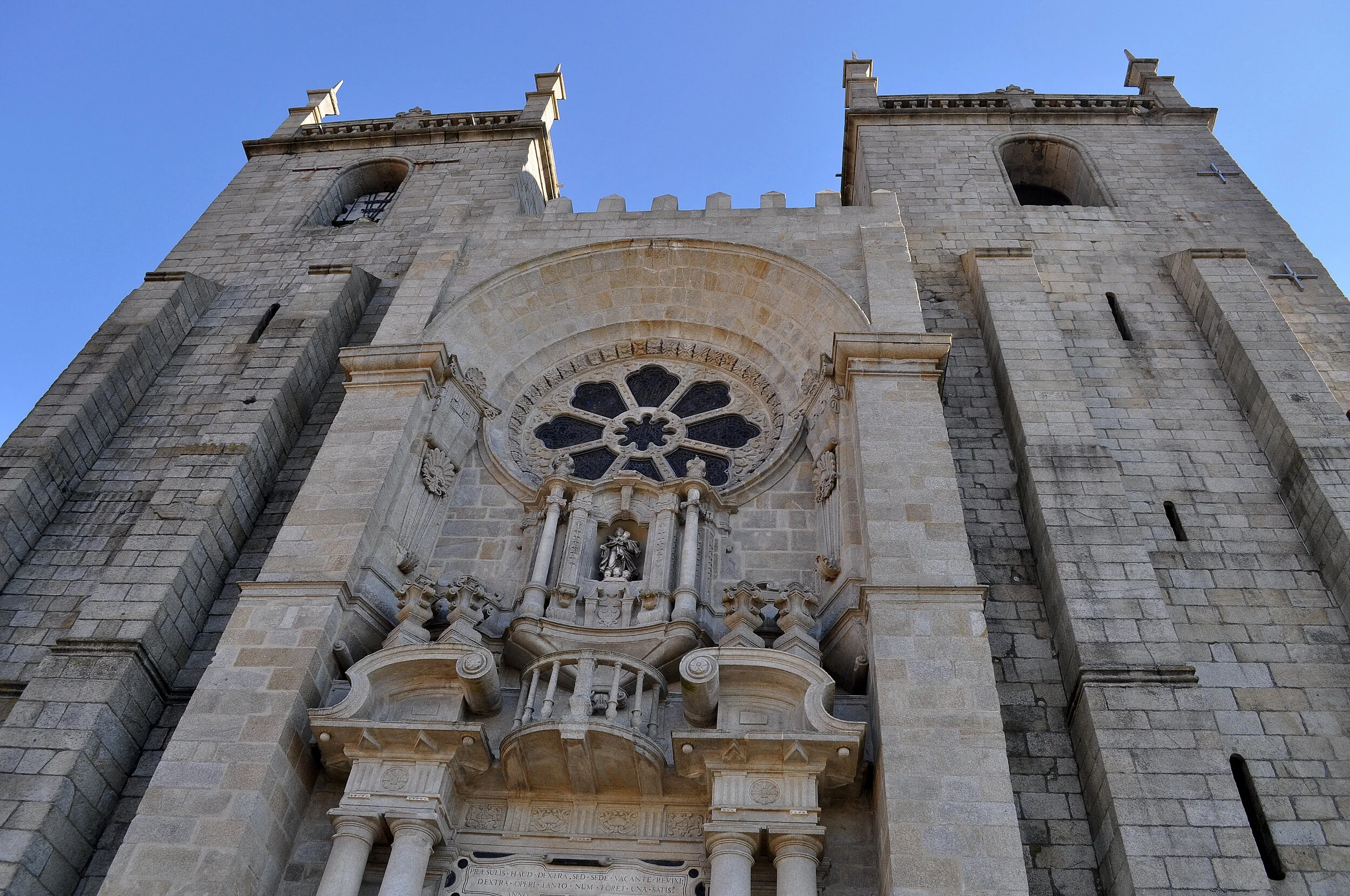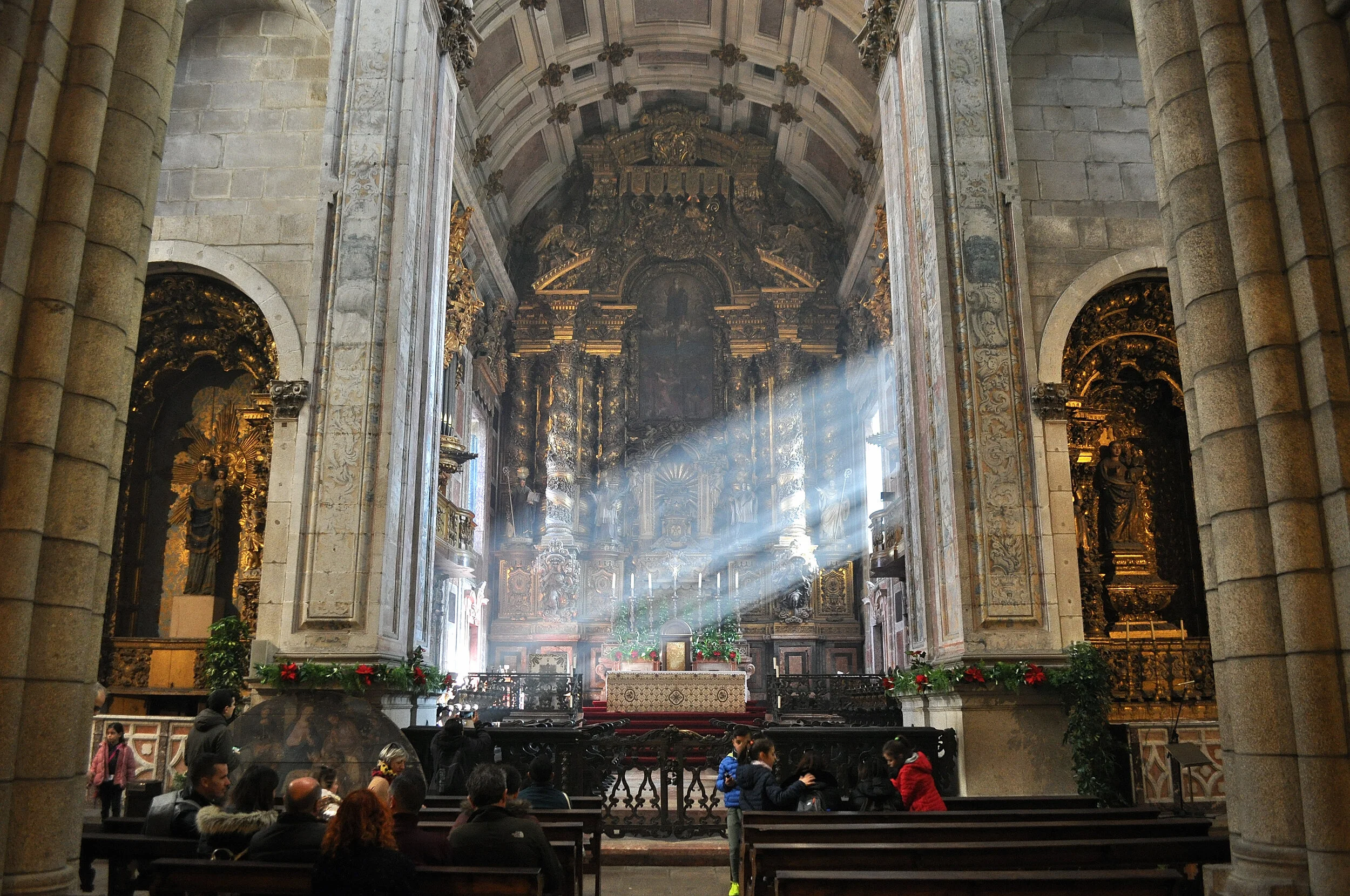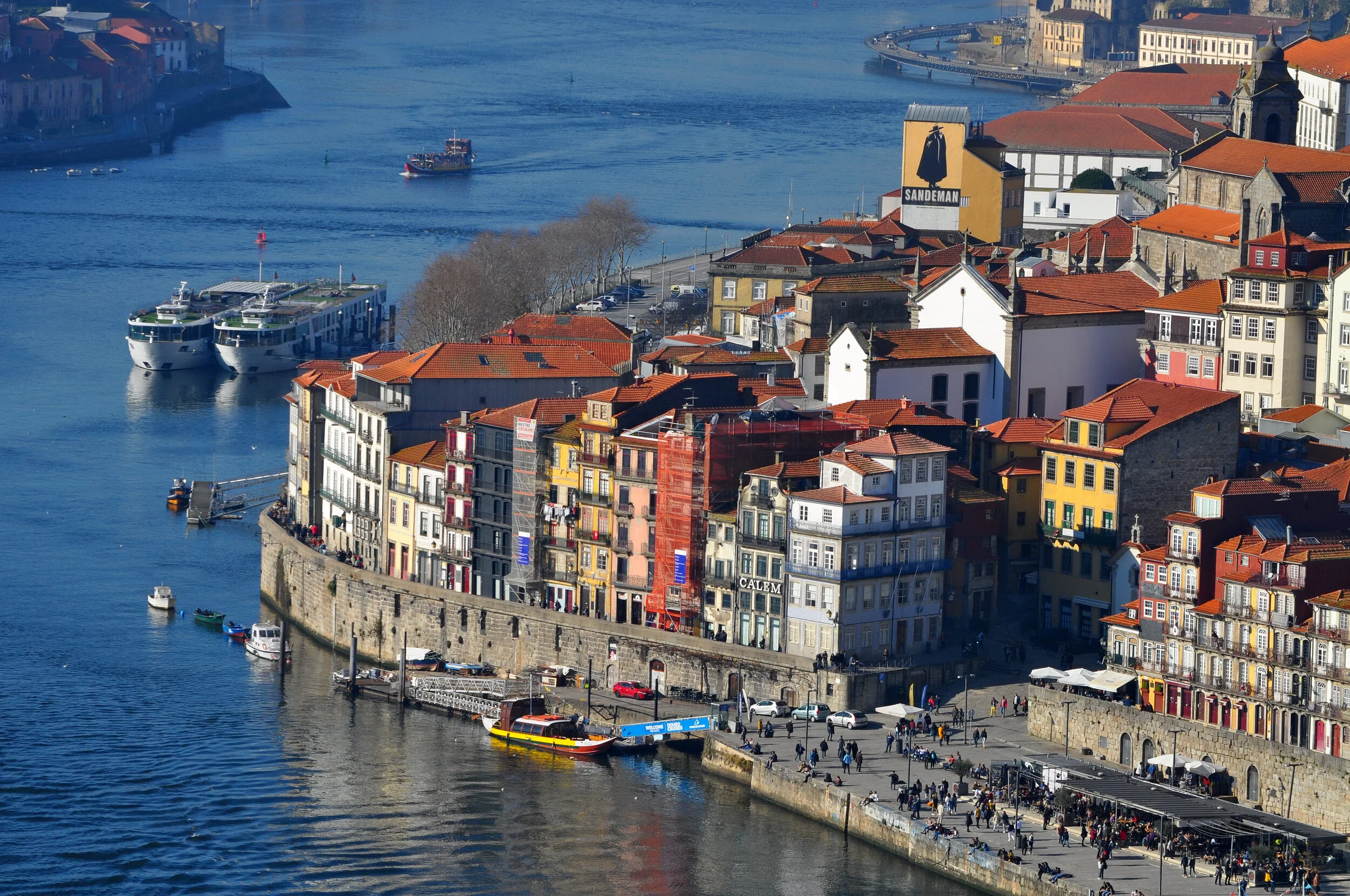Bem vindo!
Discover northern Portugal in six days with stops in Coimbra, Guimarães, Braga, and Porto. A perfect family-friendly winter escape with mild weather, culture, and charm. Base yourself in Porto and explore historic cities, scenic river views, and local cuisine. Ideal for a New Year’s trip full of discovery and relaxation.
Angela: a different and special experience this time, right Piero?
Piero: exactly, Angela. First of all, because we’re planning New Year’s Eve, and also because we’re going abroad for more than just a long weekend.
Angela: we chose Portugal, specifically the northern part—six days in total, including travel and transfers.
Piero: a great destination for families to spend the days around New Year's; the weather at these latitudes is pleasant all year round. It’ll feel like early spring...
Angela: so, off we go! Just over two hours of flight, and we’re in Porto. We pick up the rental car, turn the clock back an hour, and the holiday begins!
Piero: of course, with the time we have, we can’t see all of Portugal. That’s why this time we’ll focus on visiting just the northern part of the country.
Angela: with Porto as our base, there are several interesting stops we can make: for the first two days, we’ll travel outside the city, and the last three we’ll dedicate to visiting Porto itself.
Piero: once again, we chose an apartment-style stay—comfortable and affordable.
Angela: we found two great apartments with Shining View Apartments, right in the historic center. They have everything we need, and from here, we can walk pretty much everywhere in the city.
Piero: since we’re arriving in the afternoon, the first day will be spent traveling and settling into the apartment. So, where do we go for dinner?
Angela: just a short walk to reach the restaurant Galeria do Largo, in Largo São Domingos.
Piero: overall, a good restaurant. Great location, well-kept, with a rich, refined, and well-prepared menu. The service is attentive and friendly—only downside: the wait times might be a little long…
Angela: before going to sleep, it’s worth taking a short evening stroll through the center. In just a few minutes, we reach the banks of the Douro River, which runs through the city. Let’s enjoy a quick appetizer of Porto in this video!
Coimbra
Explore Coimbra and Aveiro on a scenic day trip from Porto. Discover Coimbra’s historic university, stunning cathedrals, and charming streets, then enjoy a sunset beach walk in Aveiro. End the day with an unforgettable dinner at “O Buraquinho da Sé,” famous for its expertly cooked octopus, all in a cozy city-center setting.
Angela: 120 kilometers heading south; just over an hour by car and we’re there. We find parking easily and begin our tour.
Piero: Coimbra is one of those cities you fall in love with instantly and never want to leave. It has an ancient history, and its university is one of the oldest in Europe.
Angela: despite its traditions, Coimbra is a very lively city today.
Piero: there’s so much to see: the University, of course, the two cathedrals—Sé Nova and Sé Velha (Sé means Sede Episcopalis, or bishop’s seat)—the Rua de Quebra Costas, which connects the lower and upper parts of the city, and finally the Monastery of Santa Cruz.
Angela: let’s start with a walk through the Baixa (the part outside the old city walls), where you absolutely have to try the pastéis de Santa Clara or arrufadas, Coimbra’s traditional sweets, in one of the many cafés.
Piero: It’s also worth stopping by one of the local shops that sell canned seafood. Besides the quality of the products, some of them are so colorful they look like real museums—Comur is perhaps the most beautiful! The shop staff are often highly knowledgeable students—it’s really worth listening to them...
Angela: now it’s time to head uphill toward the upper town—a pleasant but tiring climb, rewarded by the many wonders waiting to be seen!
Piero: we start with the Sé Velha, the old cathedral, whose steps host the traditional serenade in which students, dressed in black cloaks, passionately sing the Fado de Coimbra to celebrate the end of their degree.
Angela: the cathedral was built in Romanesque style in the 12th century, after the previous church was destroyed during a Muslim attack. The fortified exterior, the battlements at the top, and the narrow lower windows—practically arrow slits—show just how real the Moorish threat was when the cathedral was built.
Piero: It’s worth strolling through the cloisters and listening to the stories shared by the student guides—they offer great introductions and explanations.
Angela: we continue climbing and reach the Sé Nova, the imposing and austere new cathedral, which stands high on the hill, overlooking the square of the same name in the old town.
Piero: we finally arrive at the true jewel of this city: the University!
Angela: a center of knowledge among the most important in Europe, the University of Coimbra—UNESCO World Heritage Site—dates back to the 13th century and is one of the oldest in the world.
Piero: it is located in the old medieval palace and overlooks the city from above, with a breathtaking view of the Mondego River.
Angela: it’s a complex of buildings of great artistic interest, accessed through the Porta Férrea, all arranged around the beautiful square dominated at the center by the statue of King João II.
Piero: the clock tower is wonderful, with its bells once marking the rhythm of the lessons; don’t miss a photo of the Pátio das Escolas and especially the Sala dos Capelos (the “hall of academic acts”), where the most important ceremonies are held.
Angela: now we need a lunch break. We stop at one of the many taverns scattered around the area, which, along with the Repúblicas—the student residences—bring life to the city.
Piero: right after lunch, we focus on the true heart of the University: visiting the Joanina Library and the chapel of São Miguel.
Angela: the library, one of the most beautiful and ornate in Europe, houses over three hundred thousand ancient volumes; its beauty also comes from the old shelves and the paintings decorating it. Note: photography and filming are not allowed!
Piero: the small and charming chapel of São Miguel is enhanced by azulejos panels, the large altarpiece, and the baroque-style organ.
Angela: at this point, after taking one last look at the view from the balcony of the square, we return to the lower part of the city to visit the Monastery of Santa Cruz.
Piero: we enjoy the last images of the sun setting over the river before we set off again. but first, let’s enjoy the show once more in this short video!
Angela: on the way back to Porto, we make a short stop halfway in Aveiro.
Piero: a brief walk on the beach at sunset, then we set off again.
Angela: once back in Porto, we get organized for dinner: we booked at “O Buraquinho da Sé.”
Piero: we chose it because the reviews praised the chef’s skill in cooking octopus.
Angela: but there are no words that can truly do justice to how extraordinarily and expertly it’s prepared!
Piero: the atmosphere is wonderful too, in this tiny place right in the city center, along the steps leading up to the cathedral (the Sé). absolutely unmissable!
Angela: tired after the day, now it’s time to sleep.
Braga
Discover Braga, one of Portugal’s oldest cities founded by Roman emperor Augustus. Explore its festive streets, rich in history and culture, with stunning churches and beautiful parks. A perfect destination for history lovers and those wanting to experience authentic Portuguese tradition in a charming, historic setting near Porto.
Piero: before reaching the town, a must-stop is the Sanctuary of Bom Jesus.
Angela: it’s a beautiful sanctuary located on top of a hill, accessible via an impressive and scenic staircase made up of a zigzag path with about 500 steps.
Piero: the staircase consists of 17 landings decorated with fountains, statues, and other baroque decorations that depict various religious themes.
Angela: the view is wonderful both from the bottom of the staircase looking up, where the church seems to appear atop a chalice, and from the top looking down, overlooking the entire city and the plain below.
Piero: the church is large and austere. all around, there is a beautiful park with an artificial lake: it’s definitely worth spending an hour here for a walk.
Angela: now we reach the city of Braga, one of the oldest in Portugal, founded by the Roman emperor Augustus.
Piero: a quick walk through the streets decorated for Christmas, then we head back to Porto.
Angela: this way we’ve finished our tours outside the city of Porto. From tomorrow morning, we start exploring it thoroughly!
Guimarães
Explore Guimarães, a UNESCO World Heritage city in northern Portugal. Wander its charming historic center with cobbled streets, granite terraces, and wrought-iron balconies. Visit the impressive 15th-century Palace of the Dukes of Bragança with Norman influences, the symbolic castle with seven towers, and admire the statue of Don Alfonso Henrique, Portugal’s first king.
Piero: for the third day, the plan includes two stops: Guimarães and Braga.
Angela: 45 minutes by car and we’re in Guimarães, a UNESCO World Heritage city. We start our walk from the square in front of the Church of Nossa Senhora da Consolação.
Piero: now we head toward the historic center and reach Largo da Oliveira, named after the centuries-old olive tree in the middle and the distinctive, curious Gothic chapel.
Angela: the square is dominated by the Church of Nossa Senhora de Oliveira with its bell tower. the town hall building is also notable.
Piero: we continue our route through the historic center, a charming labyrinth of cobbled streets and squares, adorned with towers, cloisters, and stunning palaces made even more beautiful by granite terraces and loggias, as well as wrought-iron balconies.
Angela: at this point we head toward the most emblematic monuments of Guimarães: the Palace of the Dukes of Bragança and the castle.
Piero: the imposing Paço dos Duques de Bragança is a beautiful example of 15th-century noble architecture; it’s a gothic-style palace featuring unusual characteristics for Portugal due to Norman influence.
Angela: in front of the palace stands the statue of Don Alfonso Henrique, the first king of Portugal, credited with freeing the north of the country from Galician rule and the south from Arab domination.
Piero: now we reach the castle for a short but interesting visit inside the ruins. the interior is less striking than the exterior façade with its magnificent seven towers, but it’s worth visiting both for the views from the towers and for its symbolic value as the cradle of Portugal.
Angela: we walk back along the beautiful streets of the historic center to get the car. a quick lunch and then we set off for Braga.
Three days in Porto!
Porto is a captivating city known for its stunning baroque churches, colorful Ribeira district, and the iconic Dom Luís I Bridge. Visitors enjoy exploring Livraria Lello, famous for its neo-Gothic design, and tasting authentic Port wine in Vila Nova de Gaia’s historic cellars. Porto offers rich culture, breathtaking views, and unforgettable local cuisine.
Piero: the fourth day in Porto includes a long walk around the city.
Angela: we start from the Church of Carmo; a very interesting building in baroque and rococo style, with a beautiful side façade completely covered by a panel of azulejos depicting the foundation of the Carmelite Order.
Piero: at first glance, you don’t immediately realize there is a second church next to it: the Church of Carmelitas. separating the twin churches is a building just one meter wide that used to be simply the dividing wall between Carmelite monks and nuns.
Angela: the façade is not very exciting, but the interior is truly fascinating and lavish, with carved and gilded wood decorations.
Piero: now we move a very short distance to the bookstore of the Lello & Irmao brothers, more simply known as Livraria Lello.
Angela: even if we don’t plan to buy books in Portuguese, it’s absolutely worth visiting this splendid neo-Gothic jewel, founded by the brothers who give it its name in 1906.
Piero: many rightly consider it one of the most beautiful bookstores in the world. The fame was surely boosted by the saga of the famous wizard Harry Potter.
Angela: officially, Harry Potter has nothing to do with this charming bookstore: it’s not mentioned in the books nor were any scenes of the films shot here, but popular tradition says that J. K. Rowling, during her time in Oporto as an English teacher, was inspired by the distinctive rounded staircase to start the record-breaking saga.
Piero: the visit inside is worth both the ticket price and the often long queue to enter.
Angela: besides the beauty of the books, you’re fascinated by the inlaid walls and the labyrinthine staircase: they look like wood but are actually made of concrete and painted plaster.
Piero: also wonderful is the stained-glass ceiling, bearing the inscription chosen by the Lello brothers, “Decus in labore” (“dignity in work”). Everything is exactly as it was originally!
Angela: the enchanting atmosphere of the bookstore combined with the mysterious charm of the city easily suggest that the Harry Potter saga might have found inspiration right here!
Piero: we stay nearby and head towards the Church of Dos Clérigos: a splendid example of Baroque architecture, designed by the Italian-born architect Nasoni, featuring a unique elliptical floor plan and a richly decorated façade.
Angela: it’s definitely worth visiting, with its granite and marble interiors adorned with Baroque reliefs; but what makes this building one of the most visited in Oporto is certainly the famous tower right beside it.
Piero: at 76 meters, it is the tallest tower in all of Portugal. Built from granite stone, it is one of the city’s symbols.
Angela: it’s worth climbing the 225 steps of the spiral staircase, which becomes narrower towards the top: the reward for the effort is one of the most beautiful panoramic views of the city.
Piero: once you’ve overcome the dizziness, you can take some amazing photos. Watch out for the 49 bells that ring suddenly, startling visitors!
Angela: our day ends early here: it’s time to prepare for New Year’s Eve!
Piero: finding a restaurant to book for New Year’s Eve is a truly difficult, if not impossible, task! If you want to dine out, you have to organize well in advance.
Angela: that’s not our choice because we decide to spend New Year’s Eve completely differently, without a big dinner!
Piero: we’ll make do with some street food and a good ice cream.
Angela: the beauty of New Year’s Eve comes from the squares full of people, music, colors, and joy!
Piero: close to midnight, we head to the Douro riverbanks to welcome the new year with a toast and the wonder of fireworks over the river!
Angela: our fifth day in Portugal, the first of the year, starts fairly early. The city is still asleep; workers quickly clean the traces left by the many people who welcomed the new year.
Piero: with some difficulty, we manage to have breakfast with pastéis de nata, and our tour begins again.
Angela: we decide to start at the church of São Francisco, perhaps one of the most beautiful.
Piero: from the outside, it looks like a gothic church, seemingly austere, with its entrance staircase and beautiful rose window.
Angela: inside, however, we are surprised by one of the most important examples of baroque in Portugal. All the carved wooden surfaces are covered with gold leaf (some say 100 kg of gold, others even 300 kg!); the figures of monks and cherubs, the vegetal motifs, and all the decorations shine thanks to the light filtering through the rose window.
Piero: worth admiring in the left side nave is the Tree of Jesse, a polychrome wooden sculpture representing Christ’s genealogy.
Angela: after leaving the church, we move to the adjacent palace that houses the ecclesiastical museum and, in the basement, the catacombs.
Piero: now we head towards another symbol of the city: Porto Cathedral, the Sé.
Angela: it’s located on top of a hill (more stairs!), imposing and massive, overlooking the medieval maze of narrow streets and stairways.
Piero: the exterior, with its granite facade, resembles a fortress, with tall side towers and battlements; from the forecourt you can enjoy a stunning view of the city, all the way to the Douro river.
Angela: don’t miss the cloister and the loggia, decorated with beautiful azulejos.
Piero: mid-morning, we continue our walk, approaching the Dom Luís I Bridge, which we will cross to reach Vila Nova de Gaia.
Angela: the bridge is another city symbol: one of the many so-called “Eiffel” bridges found in Portugal.
Piero: indeed, its iron structure and architecture recall the typical designs of the French engineer. Actually, this bridge was designed by one of his collaborators and pupils, the Belgian Seyrig.
Angela: its structure consists of an iron arch and, at the top and base, two linear structures for traffic; the upper level today is used exclusively by the city’s metro tram trains and pedestrians.
Piero: it is almost 400 meters long and 45 meters high. Walking along the pedestrian path at the top, you get a fantastic panoramic view of the city and the Douro River. That’s the route we choose to cross.
Angela: after crossing the bridge, not without taking some photos, we arrive in Vila Nova de Gaia; this neighborhood is famous for one of the city’s typical products: Port wine.
Piero: back in the 17th century, English merchants added a small amount of brandy to the local wine, creating the famous fortified nectar.
Angela: on this side, the Douro riverbank is dotted with ancient cellars offering tours and tastings.
Piero: we reach the neighborhood from the hill after crossing the bridge at the top; the Serra do Pilar monastery immediately attracts us; from its front terrace, we admire the Jardim do Morro with its palm trees.
Angela: we decide to walk down to the riverbank through the typical streets and stairways. Alternatively, you can use the Gaia Cable Car, the funicular that connects the bridge’s top with the riverbank.
Piero: for lunch, we stop at one of the many available restaurants and decide to try the famous francesinhas, the typical sandwich filled with meat and covered with fried egg and cheese: a bomb!
Angela: now we relax with a beautiful walk along the riverbank. Time seems to have stopped: on one side, the cellars look just like they used to, and on the river, the stunning, traditional boats for transporting wine are moored.
Piero: now we start heading back and decide to cross the bridge at the bottom this time: less charming but more practical.
Angela: we reach the Ribeira district, practically the city’s iconic postcard, a UNESCO World Heritage site.
Piero: this area, especially seen at sunset, stays in the heart: the houses leaning against each other look like an artist’s palette with their charming pastel colors; the medieval alleys winding toward the river seem like a labyrinth; and finally, the tascas, the riverside taverns.
Angela: don’t miss trying a small glass of Port wine or ginja (the delicious cherry liqueur more typical of Lisbon than Porto, but who cares…) served in a chocolate cup, to eat after drinking: a real delight!
Piero: at this point, we head back, with legs definitely wobbly from the tiredness of long walks but also from the two, three, maybe four little glasses in Ribeira…
Angela: for dinner, we try one of the tascas we saw in the afternoon, Taberna d’Avo, to taste two typical specialties, petiscos (the tapas) and bacalhau (salted cod).
Piero: that’s the end of another wonderful day.
Angela: unfortunately, the last day is the day of departure.
Piero: since our flight is early afternoon, we still have time for a surprise for our kids: a visit to the brand-new Do Dragão stadium.
Angela: we visit the locker rooms, stands, field, benches, and the museum; after buying a few souvenirs, it’s already time to head to the airport.
Piero: Portugal is a wonderful land! Every corner we visited, every flavor, every color stayed in our hearts.
Angela: obviously, with the time available, we couldn’t see everything; no worries though: it just means we’ll come back soon! Obrigado!!!

